Beginning in 1909 through 1916, all newly designed proof Lincoln cents were struck utilizing a Matte Proofing process which resulted in non-reflective surfaces similar to (but not the same) as those used on gold coins beginning in 1907-1908 also through 1916. A fine-grain, sandblast-like finish is seen that is entirely different from that used on earlier proofs (mirrored fields and frosted devices). The present coin has literally everything a specialist could hope to find in a Gem Matte Proof package, bright red and tan colors, a razor sharp strike, high, sharp wire edge, and a virtual lack of spots, marks, shiny spots, or other imperfections. As to the strike, this feature nudges on perfection in execution, with boldly defined beard and hair elements on Lincoln, crisp, sharp coat definition, and all the lettering and wheat ears showing the chiseled nature of these early proofs, with boldly defined precision on all elements of the design. This is obviously due to multiple strikes of specially prepared proof dies. The color is a handsome blend of coppery-tan and reddish-golden colors that are seen in an even distribution over both sides. For pedigree and future identification purposes, a microscopic green spot is noted below the E in STATES on the reverse. This 1909 V.D.B Matte Proof cent is among the most storied and legendary in the entire Lincoln cent series. A rare opportunity for the tens of thousands of Lincoln cent collectors worldwide. This Matte Proof 1909 V.D.B. cent shows the diagnostics of the die pair that, for many years, was thought to be the only one used to produce proofs of the year. Recently, a second pair surfaced that lacked those diagnostics. Kevin Flynn outlines the diagnostics of the originally known die pair in his recently released, Lincoln Cent Matte Proofs: "A single set of working dies is [until recently] believed to have struck all 1,194 1909 VDB matte proof specimens. All die states show a die scratch from the back of the jacket into the field below the T of LIBERTY and also die scratches in front of the nose. A late die state specimen shows a die crack from the rim through the dot then through the B of V.D.B. The obverse die was also used to strike 1909 matte proofs." On this coin, the die line behind the jacket actually extends to the midway point between the R and T in LIBERTY. The die lines in front of the nose are a parallel pair, both running in a slightly diagonal fashion northwest to southeast. A tiny crescent-shaped die chip right of the M in UNUM is also diagnostic. Philadelphia Mint records indicate that 1,194 pieces were struck with the V.D.B. initials on the reverse. This feature met with considerable resistance soon after this new design was released and the designer's initials were removed from future strikings as soon as possible. Apparently, most of the original mintage (of proofs) was not released, perhaps they were melted but they certainly don't exist today. After 31 years of certifying coins, the combined forces of NGC and PCGS have graded a total of only 190 examples between them -- obviously there will are some duplications in this number too. Therefore, it is reasonable to assume that between 125 and 200 1909 V.D.B. Matte Proof Lincolns probably exist today with only a modest percentage of these being true Gems and showing the degree of mint color as is on this example. All told, this is one of the rarest and most desirable of the Twentieth Century proof issues, from the ever popular Lincoln cent series. (PCGS 3301)
Beginning in 1909 through 1916, all newly designed proof Lincoln cents were struck utilizing a Matte Proofing process which resulted in non-reflective surfaces similar to (but not the same) as those used on gold coins beginning in 1907-1908 also through 1916. A fine-grain, sandblast-like finish is seen that is entirely different from that used on earlier proofs (mirrored fields and frosted devices). The present coin has literally everything a specialist could hope to find in a Gem Matte Proof package, bright red and tan colors, a razor sharp strike, high, sharp wire edge, and a virtual lack of spots, marks, shiny spots, or other imperfections. As to the strike, this feature nudges on perfection in execution, with boldly defined beard and hair elements on Lincoln, crisp, sharp coat definition, and all the lettering and wheat ears showing the chiseled nature of these early proofs, with boldly defined precision on all elements of the design. This is obviously due to multiple strikes of specially prepared proof dies. The color is a handsome blend of coppery-tan and reddish-golden colors that are seen in an even distribution over both sides. For pedigree and future identification purposes, a microscopic green spot is noted below the E in STATES on the reverse. This 1909 V.D.B Matte Proof cent is among the most storied and legendary in the entire Lincoln cent series. A rare opportunity for the tens of thousands of Lincoln cent collectors worldwide. This Matte Proof 1909 V.D.B. cent shows the diagnostics of the die pair that, for many years, was thought to be the only one used to produce proofs of the year. Recently, a second pair surfaced that lacked those diagnostics. Kevin Flynn outlines the diagnostics of the originally known die pair in his recently released, Lincoln Cent Matte Proofs: "A single set of working dies is [until recently] believed to have struck all 1,194 1909 VDB matte proof specimens. All die states show a die scratch from the back of the jacket into the field below the T of LIBERTY and also die scratches in front of the nose. A late die state specimen shows a die crack from the rim through the dot then through the B of V.D.B. The obverse die was also used to strike 1909 matte proofs." On this coin, the die line behind the jacket actually extends to the midway point between the R and T in LIBERTY. The die lines in front of the nose are a parallel pair, both running in a slightly diagonal fashion northwest to southeast. A tiny crescent-shaped die chip right of the M in UNUM is also diagnostic. Philadelphia Mint records indicate that 1,194 pieces were struck with the V.D.B. initials on the reverse. This feature met with considerable resistance soon after this new design was released and the designer's initials were removed from future strikings as soon as possible. Apparently, most of the original mintage (of proofs) was not released, perhaps they were melted but they certainly don't exist today. After 31 years of certifying coins, the combined forces of NGC and PCGS have graded a total of only 190 examples between them -- obviously there will are some duplications in this number too. Therefore, it is reasonable to assume that between 125 and 200 1909 V.D.B. Matte Proof Lincolns probably exist today with only a modest percentage of these being true Gems and showing the degree of mint color as is on this example. All told, this is one of the rarest and most desirable of the Twentieth Century proof issues, from the ever popular Lincoln cent series. (PCGS 3301)
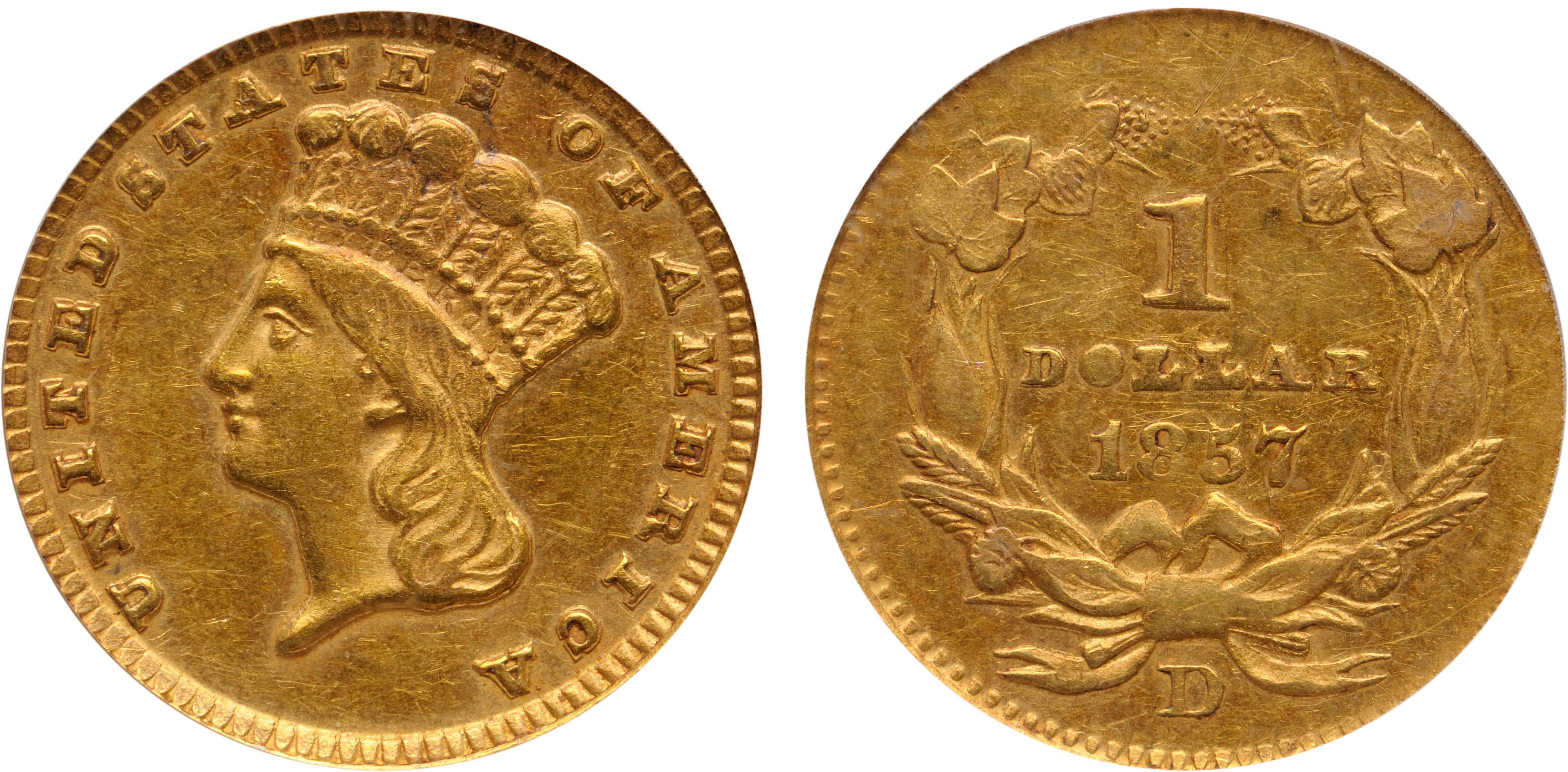
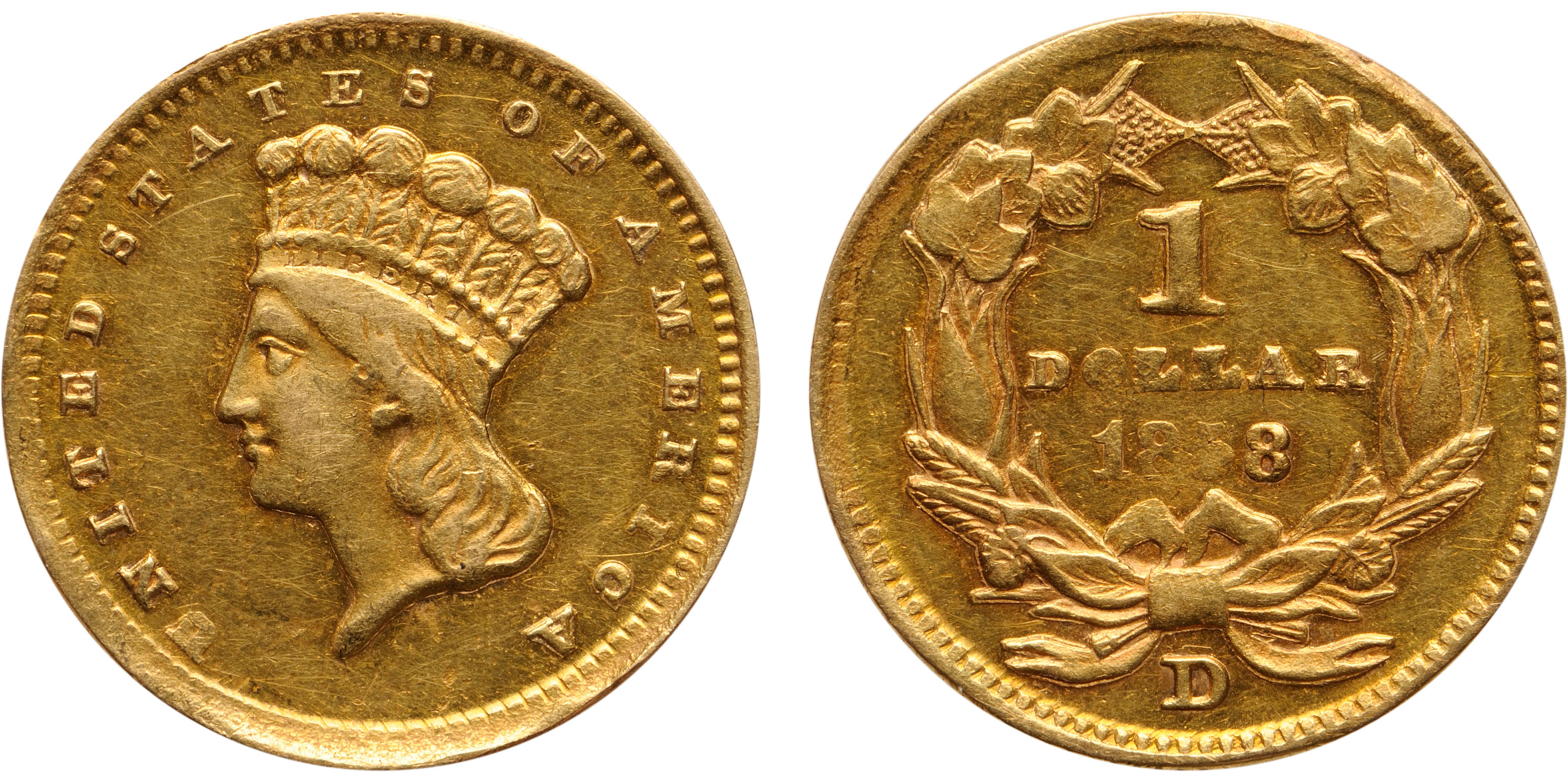
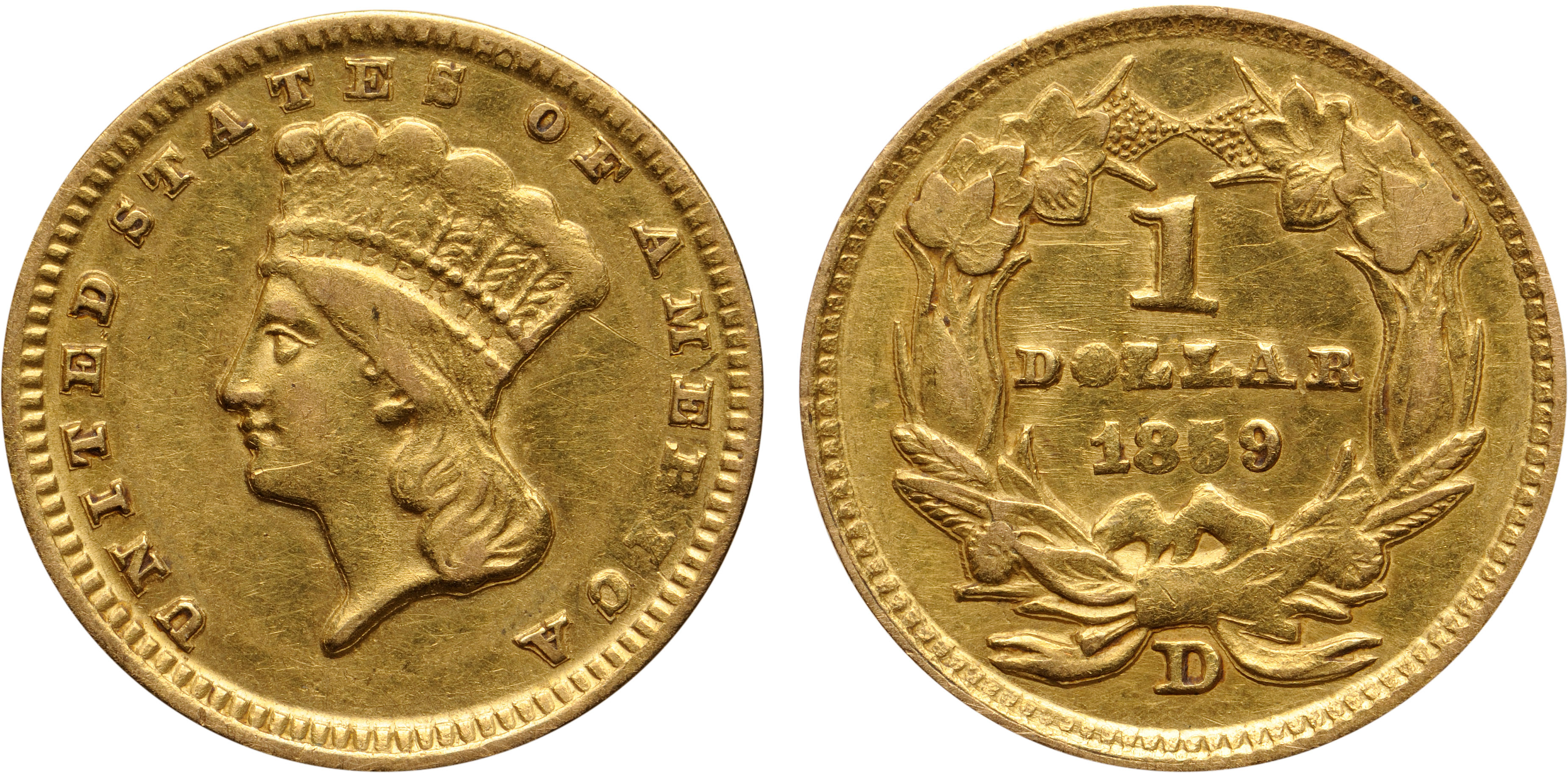

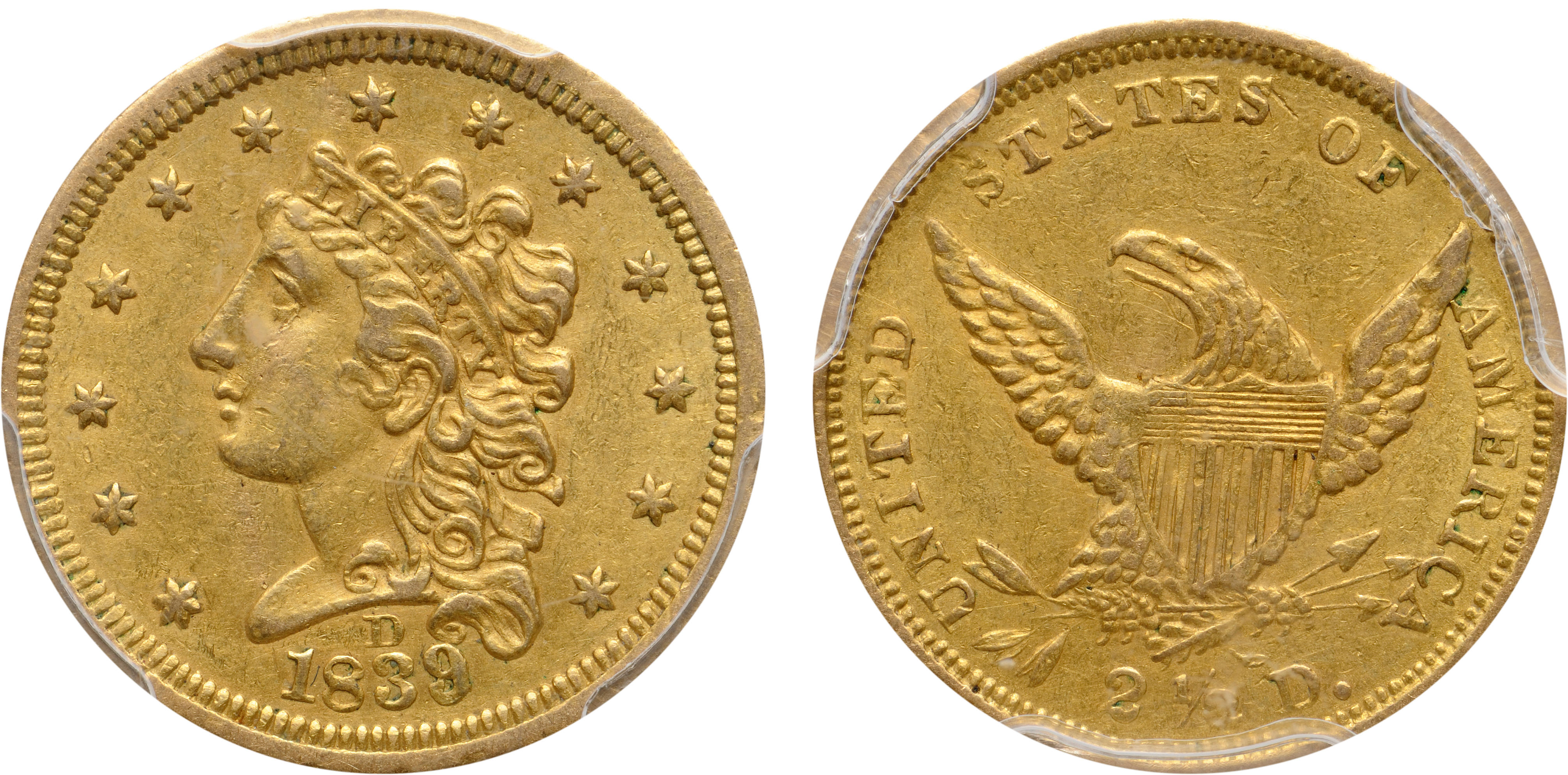
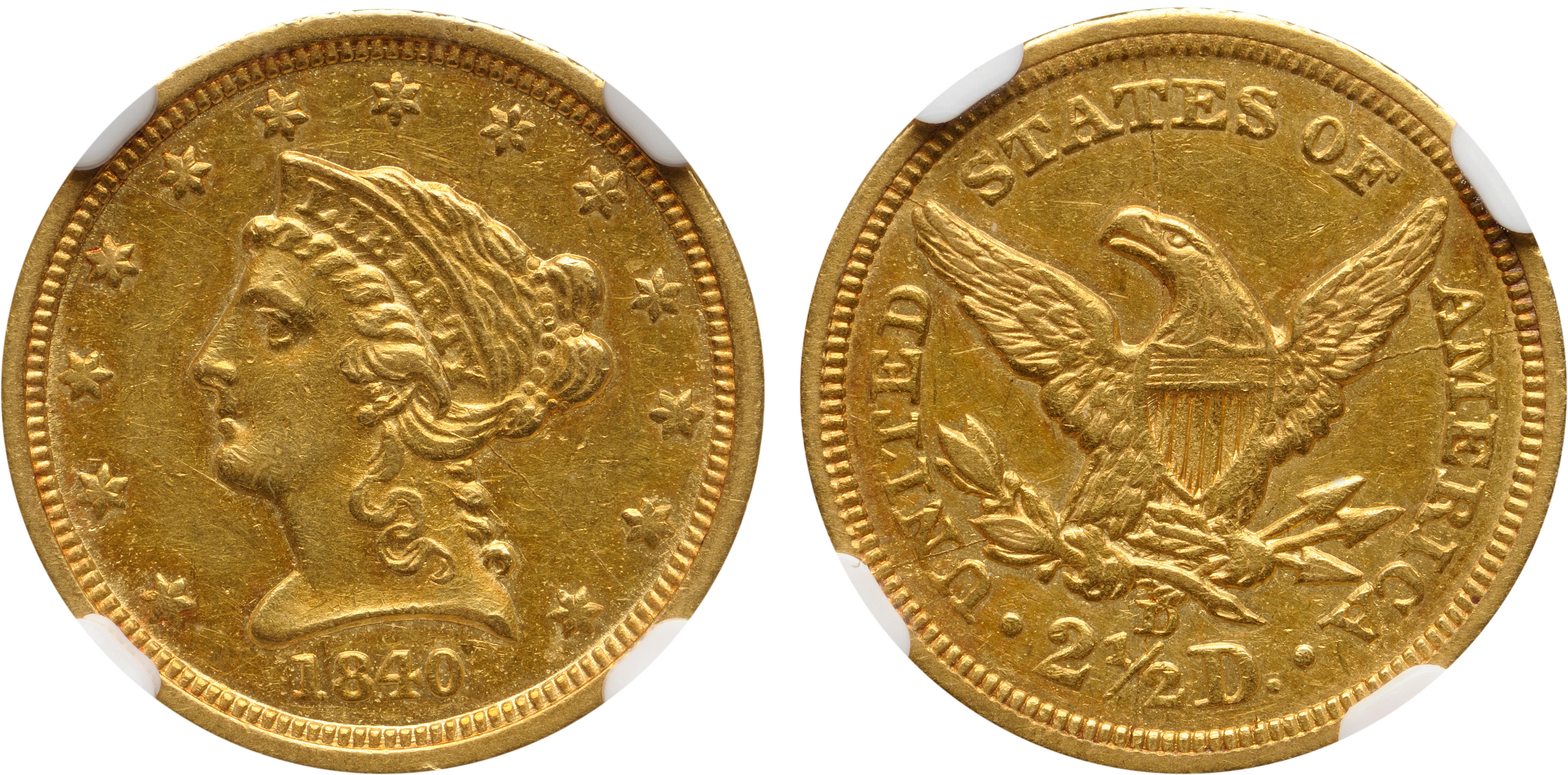
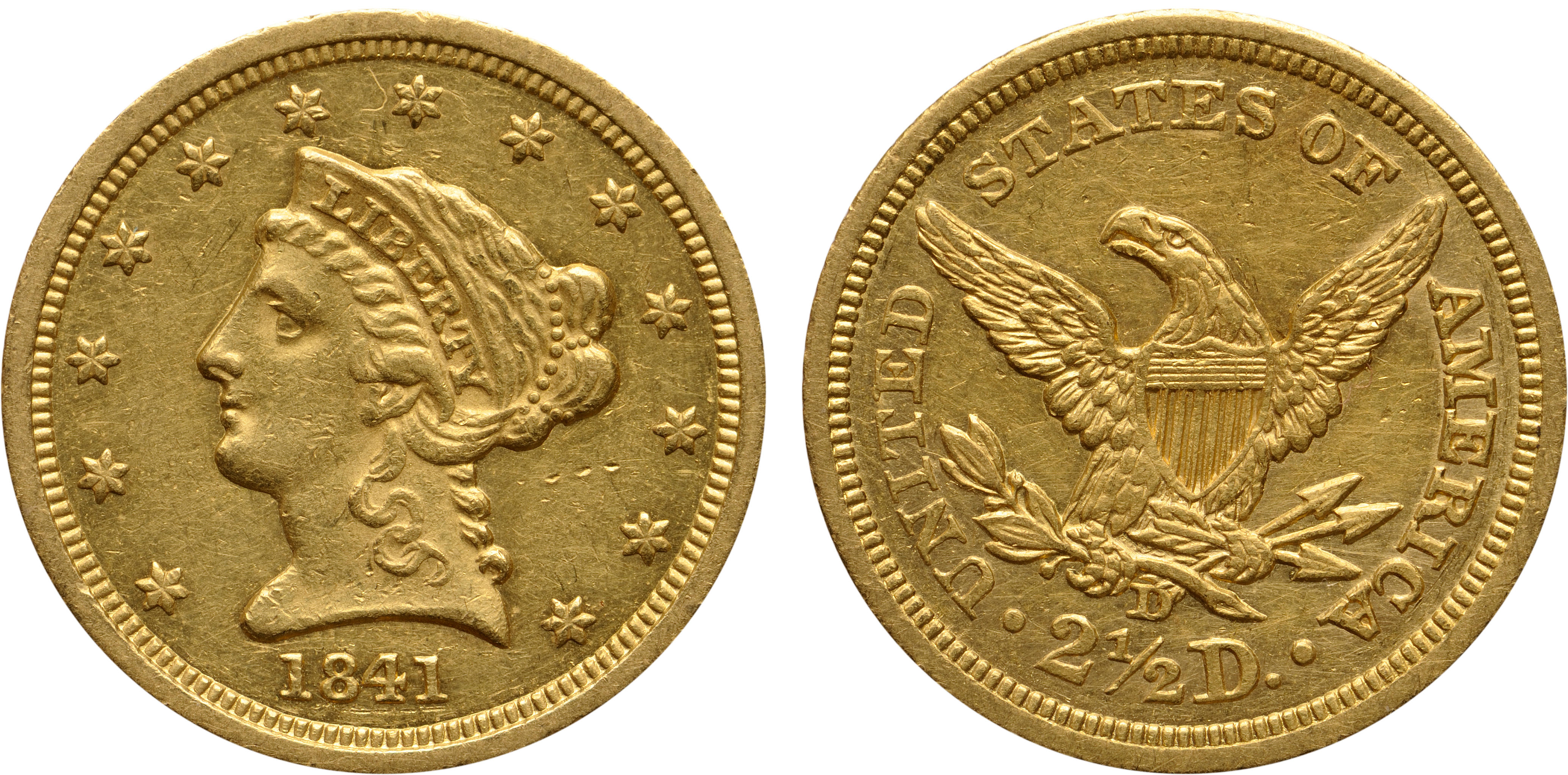
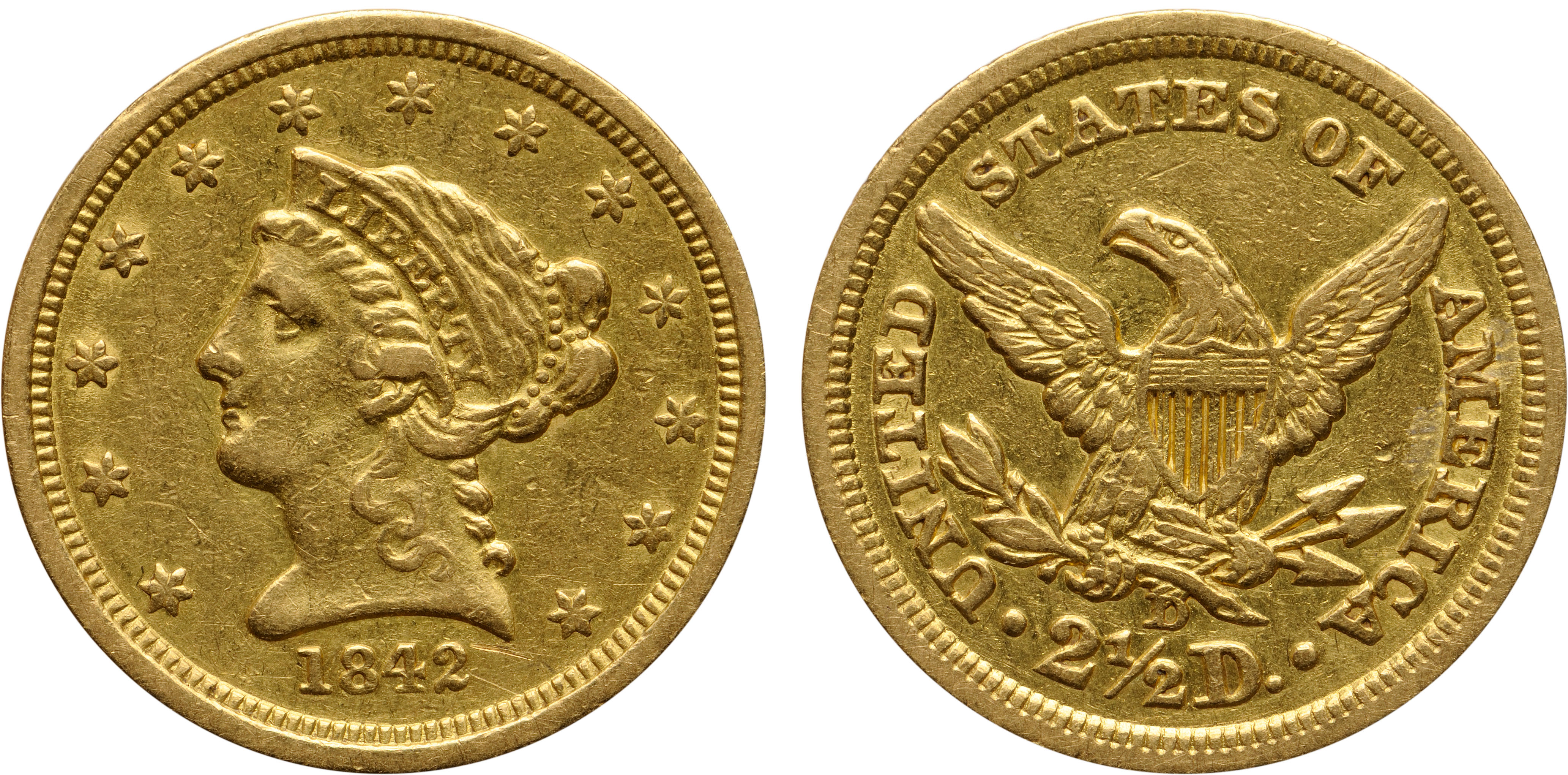
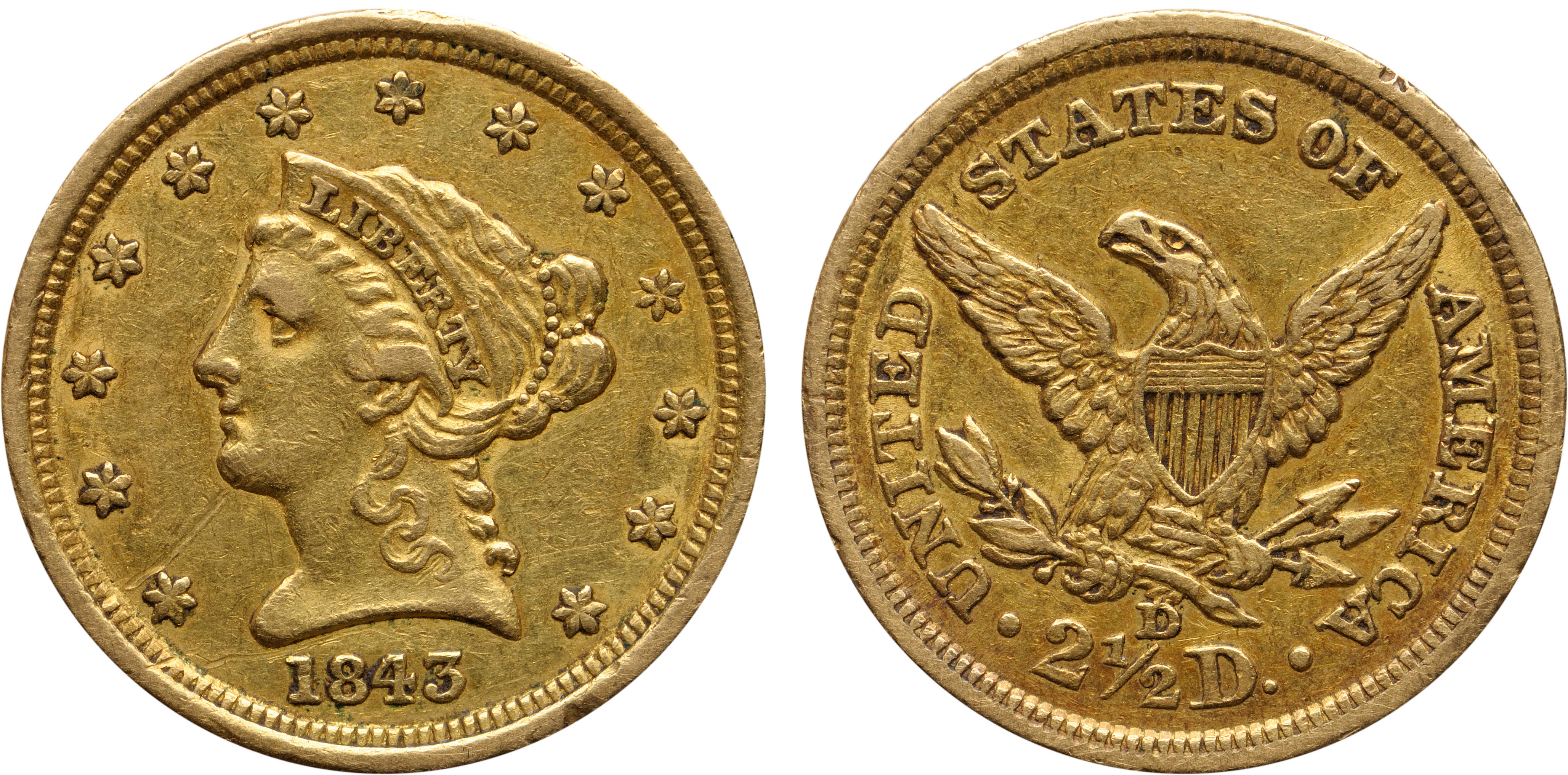
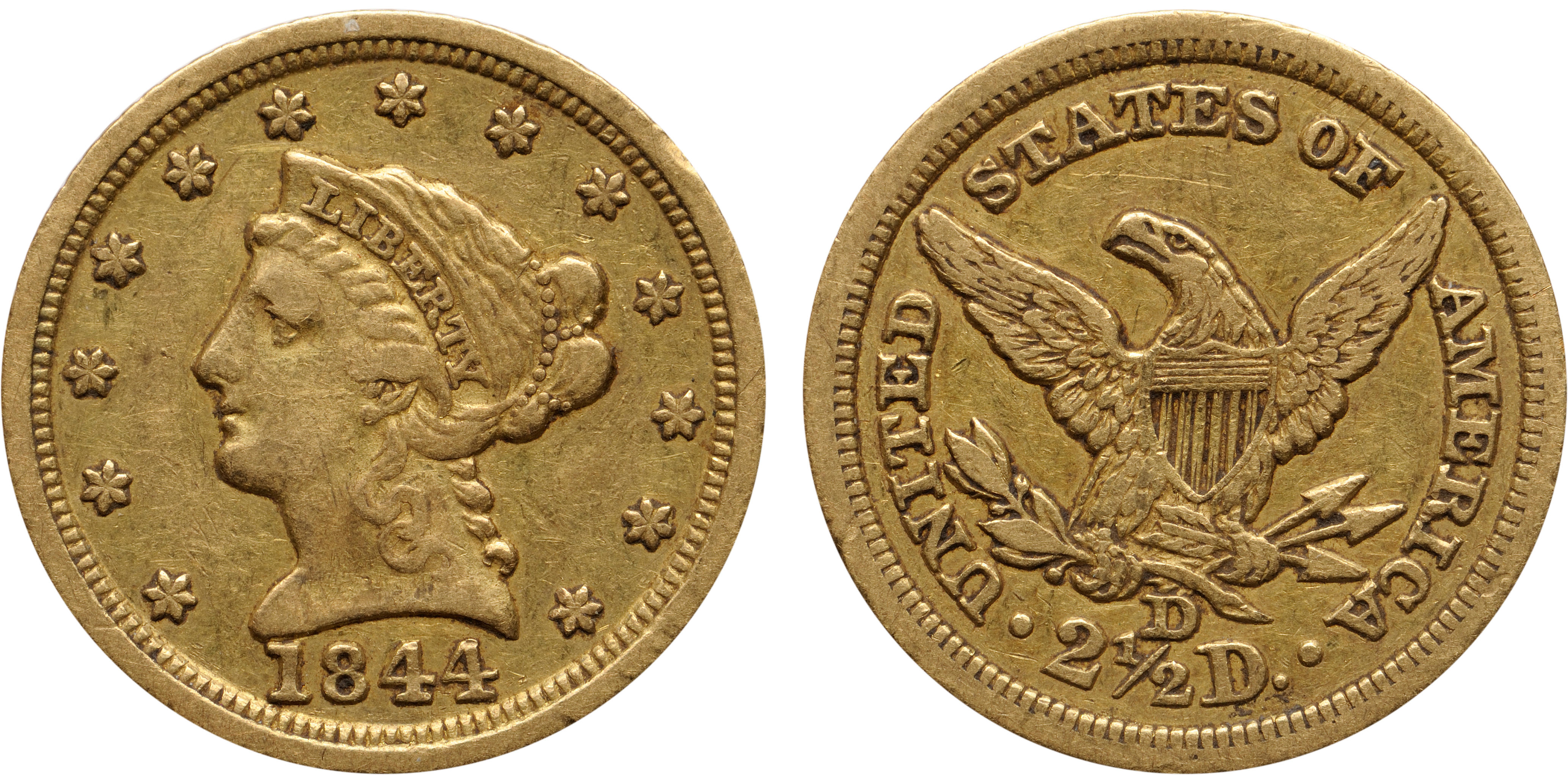
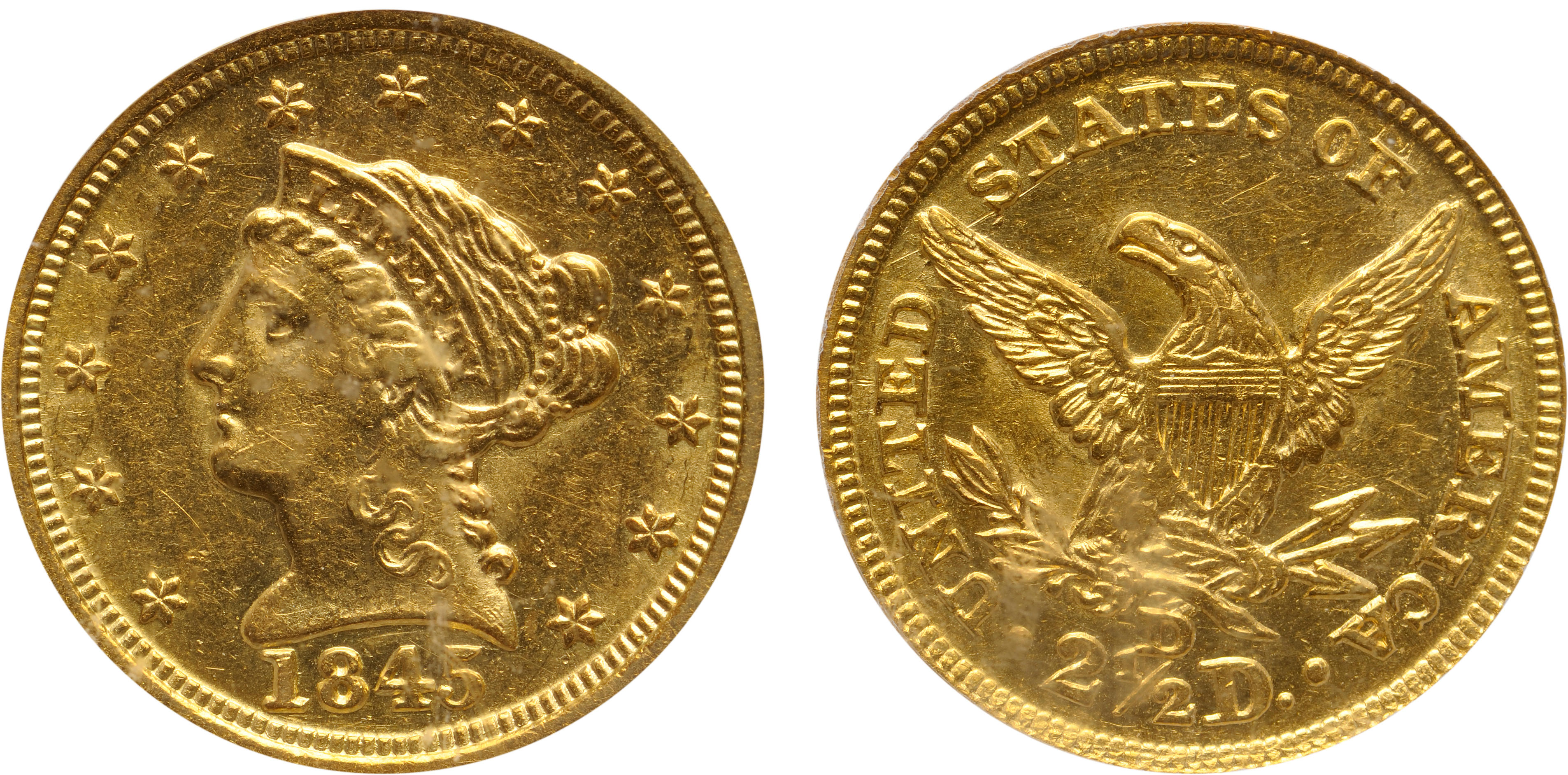
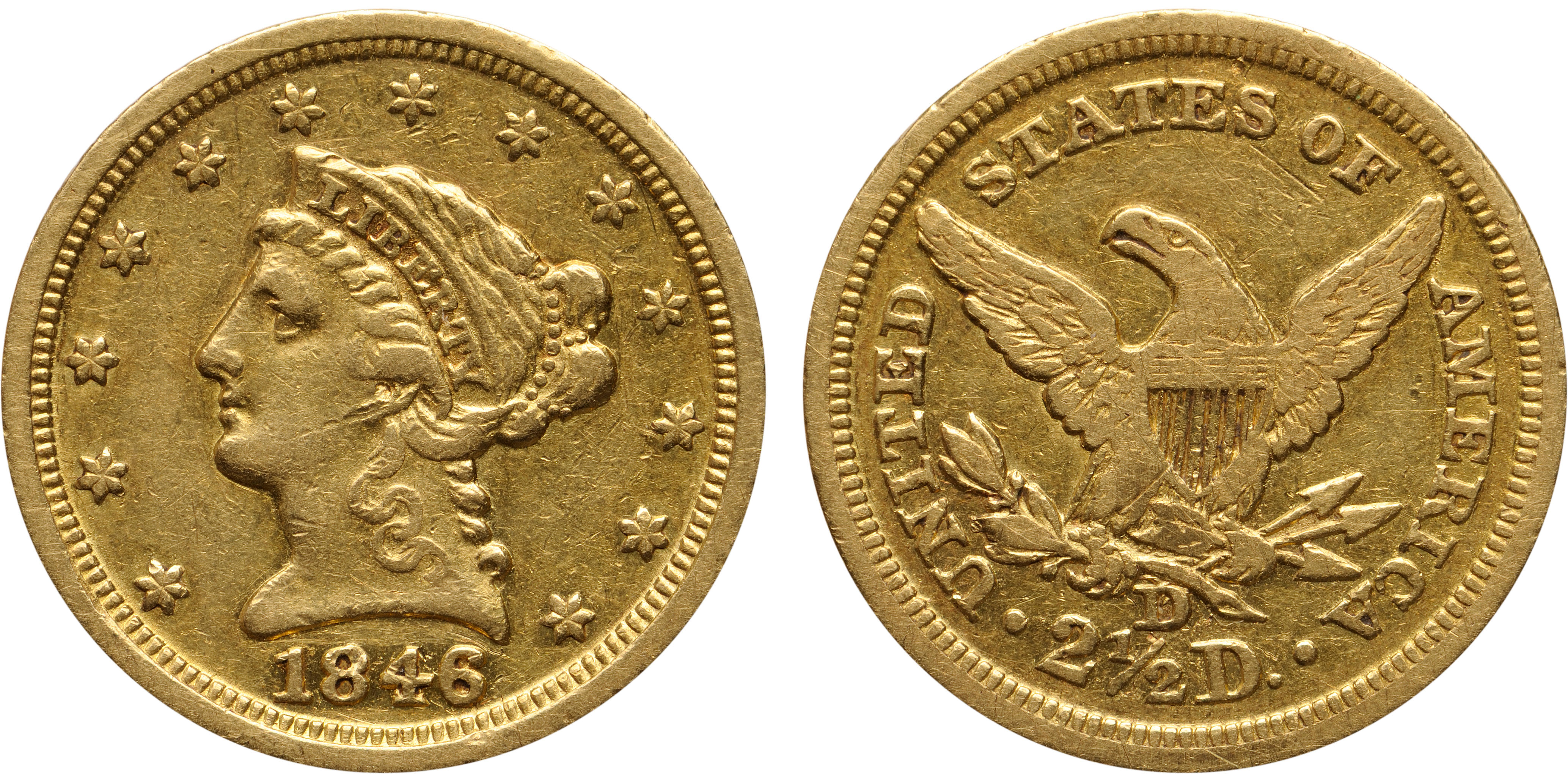
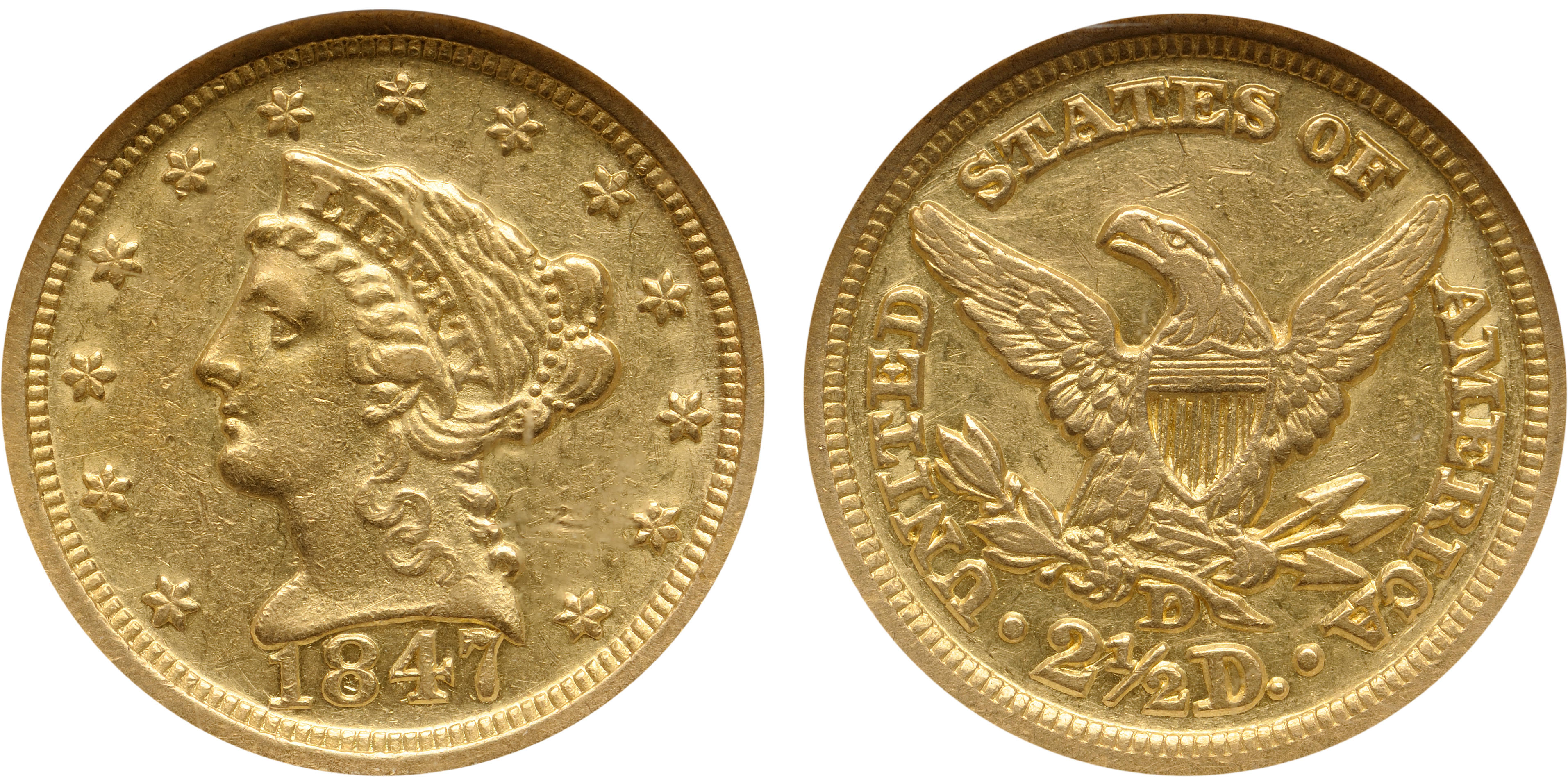

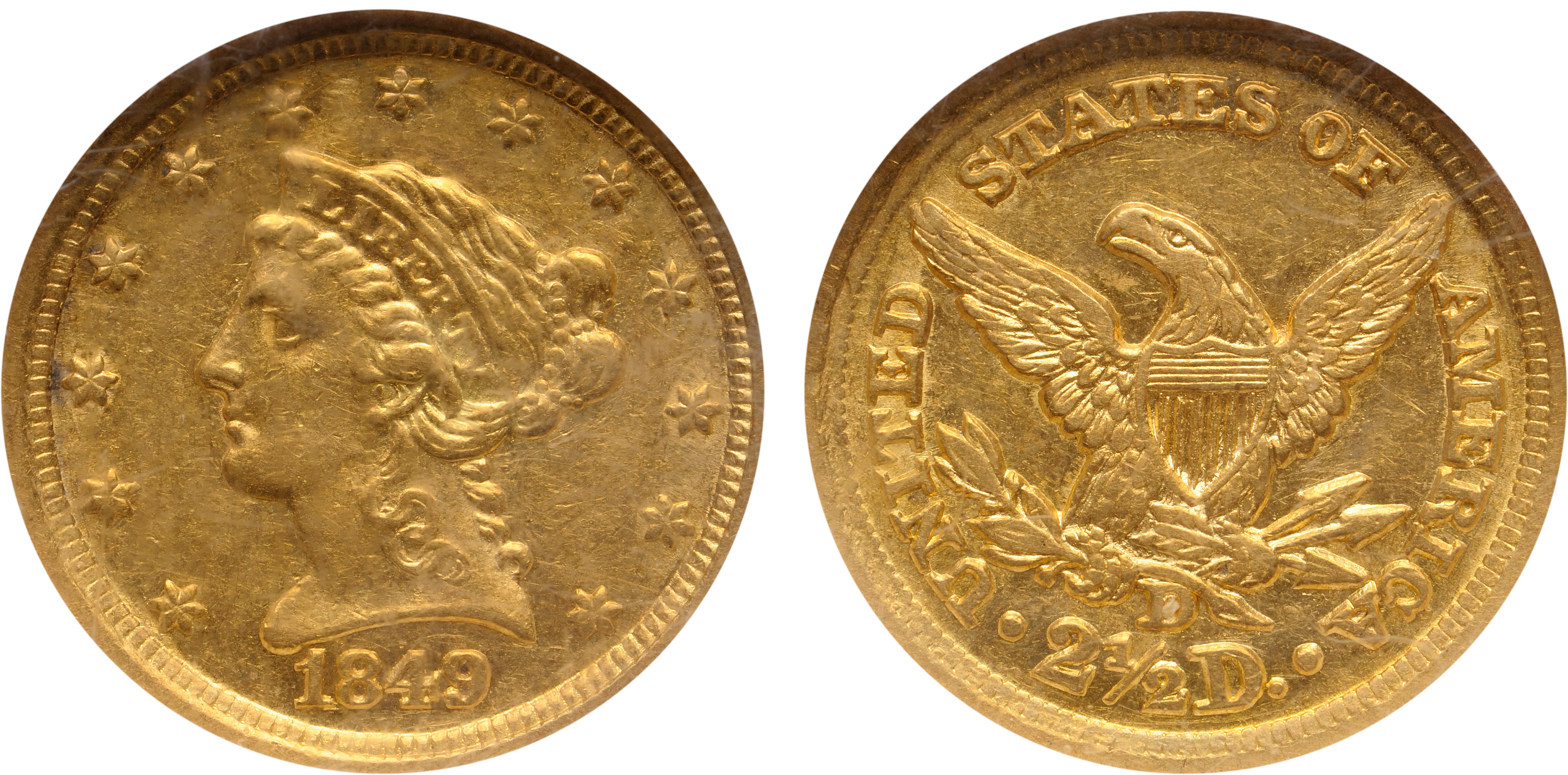
Testen Sie LotSearch und seine Premium-Features 7 Tage - ohne Kosten!
Lassen Sie sich automatisch über neue Objekte in kommenden Auktionen benachrichtigen.
Suchauftrag anlegen